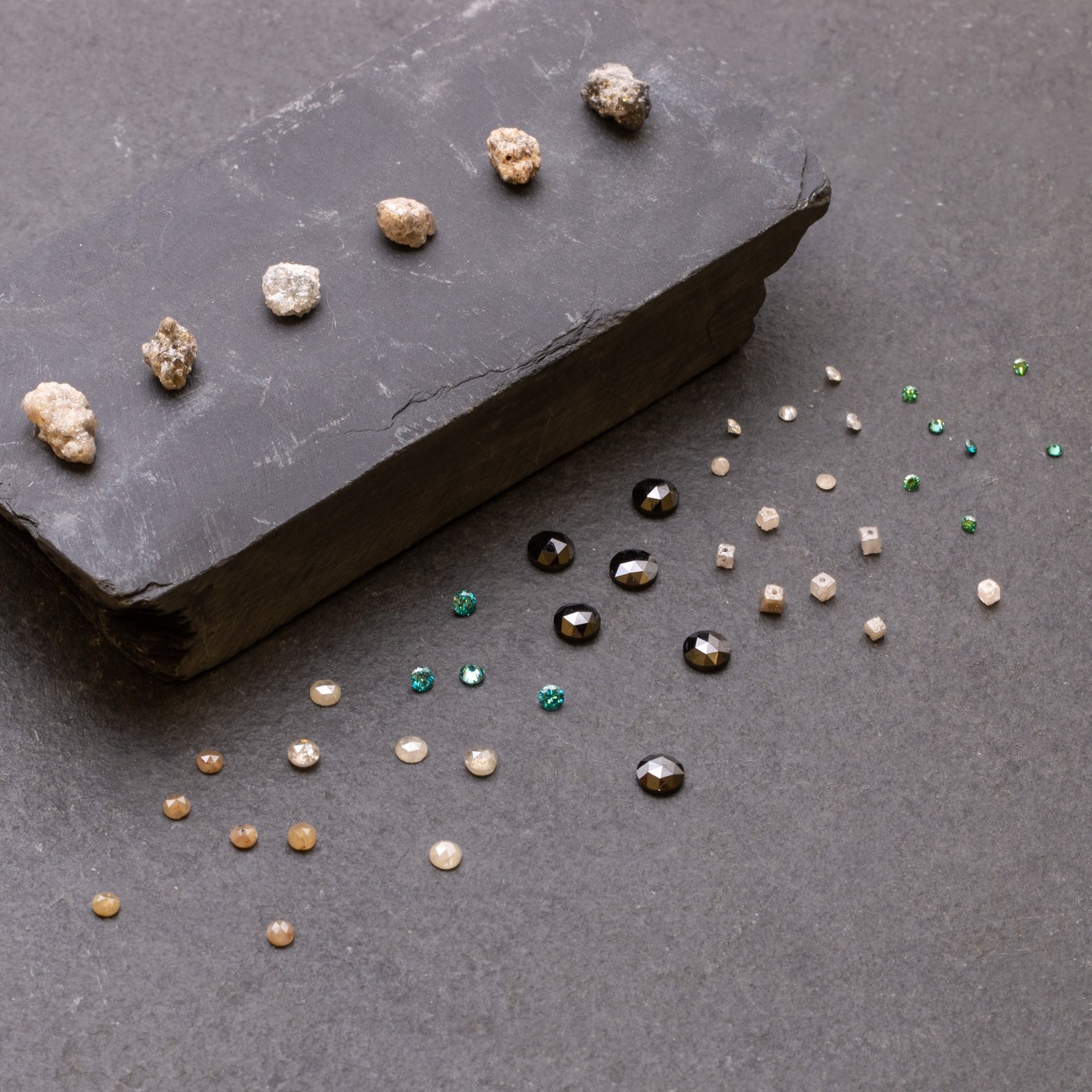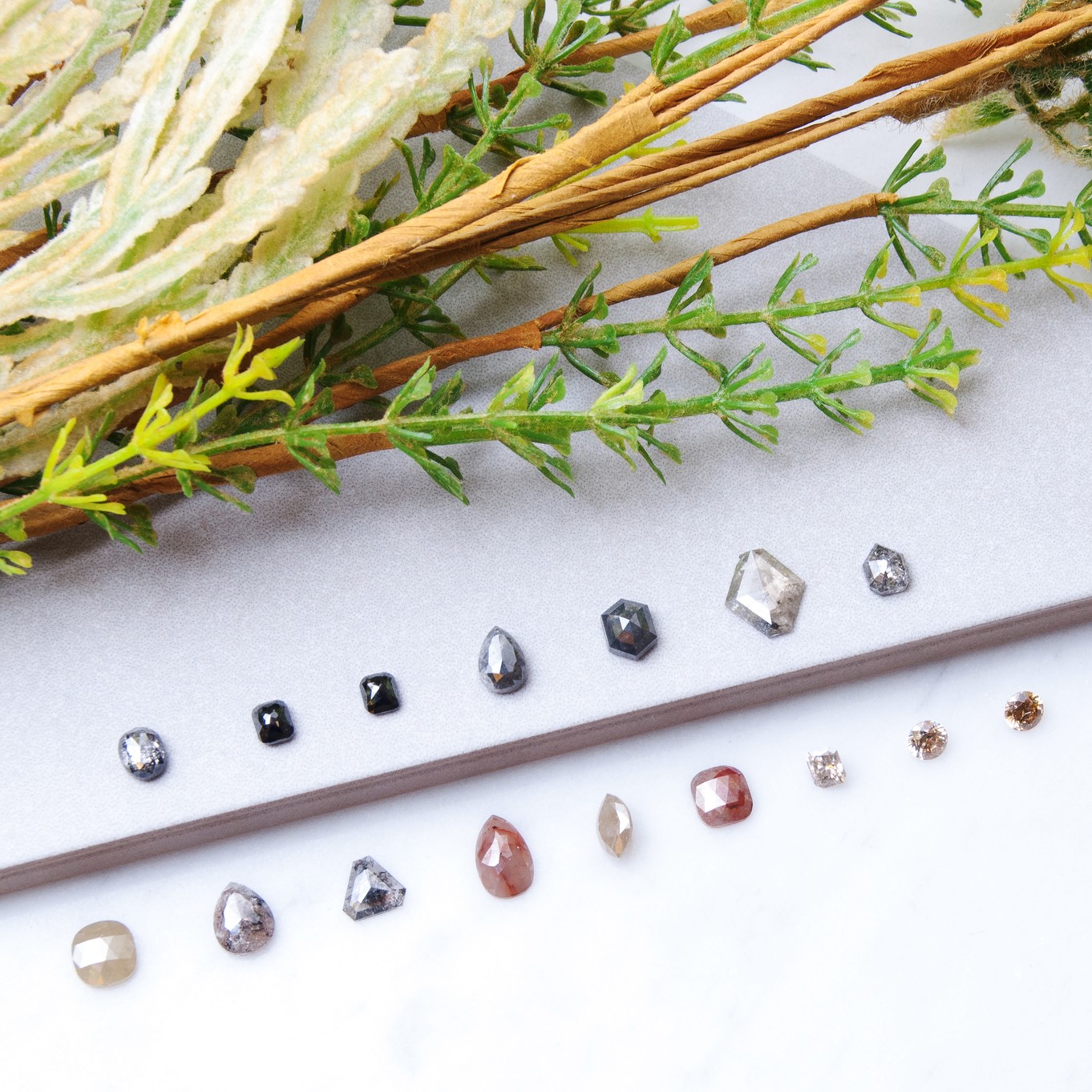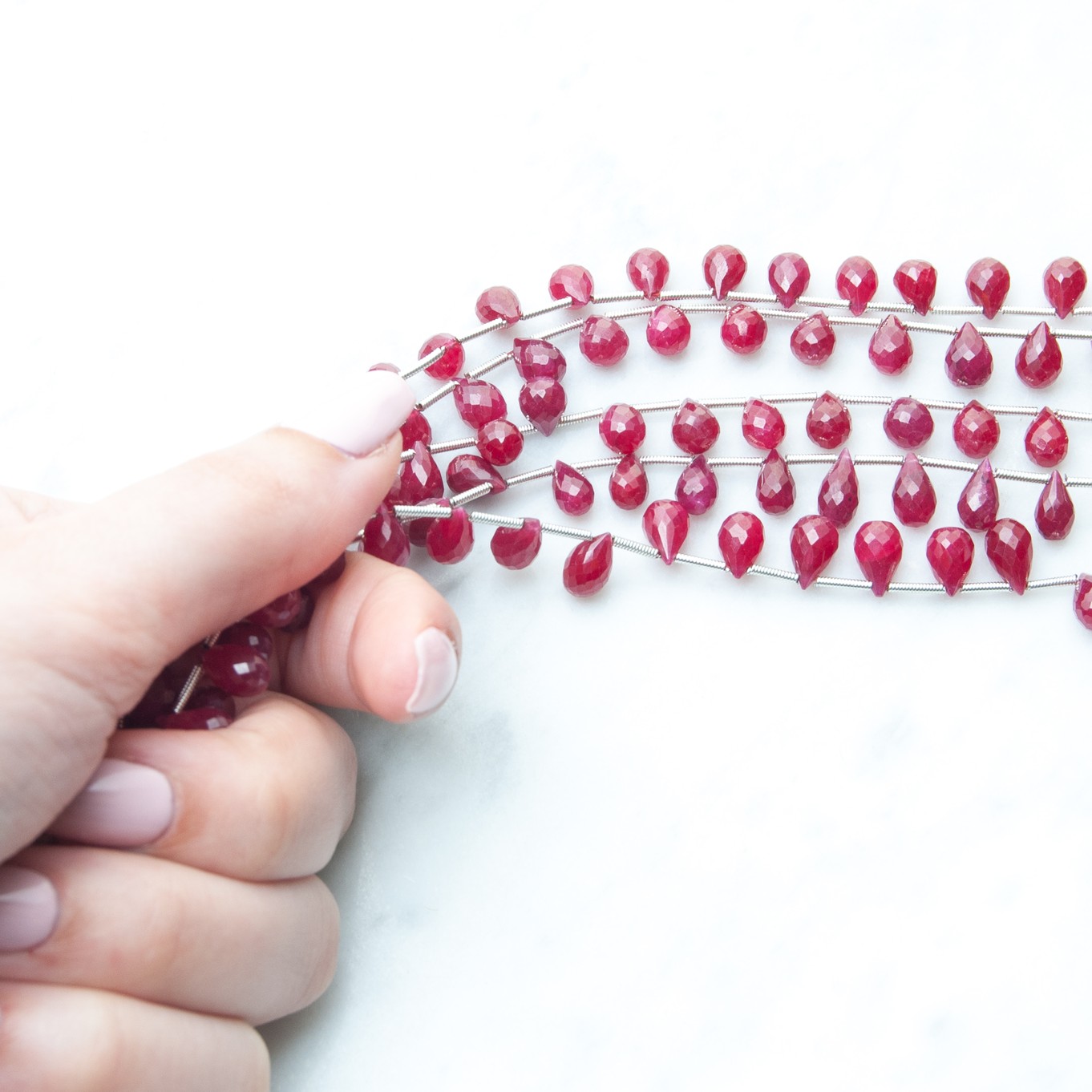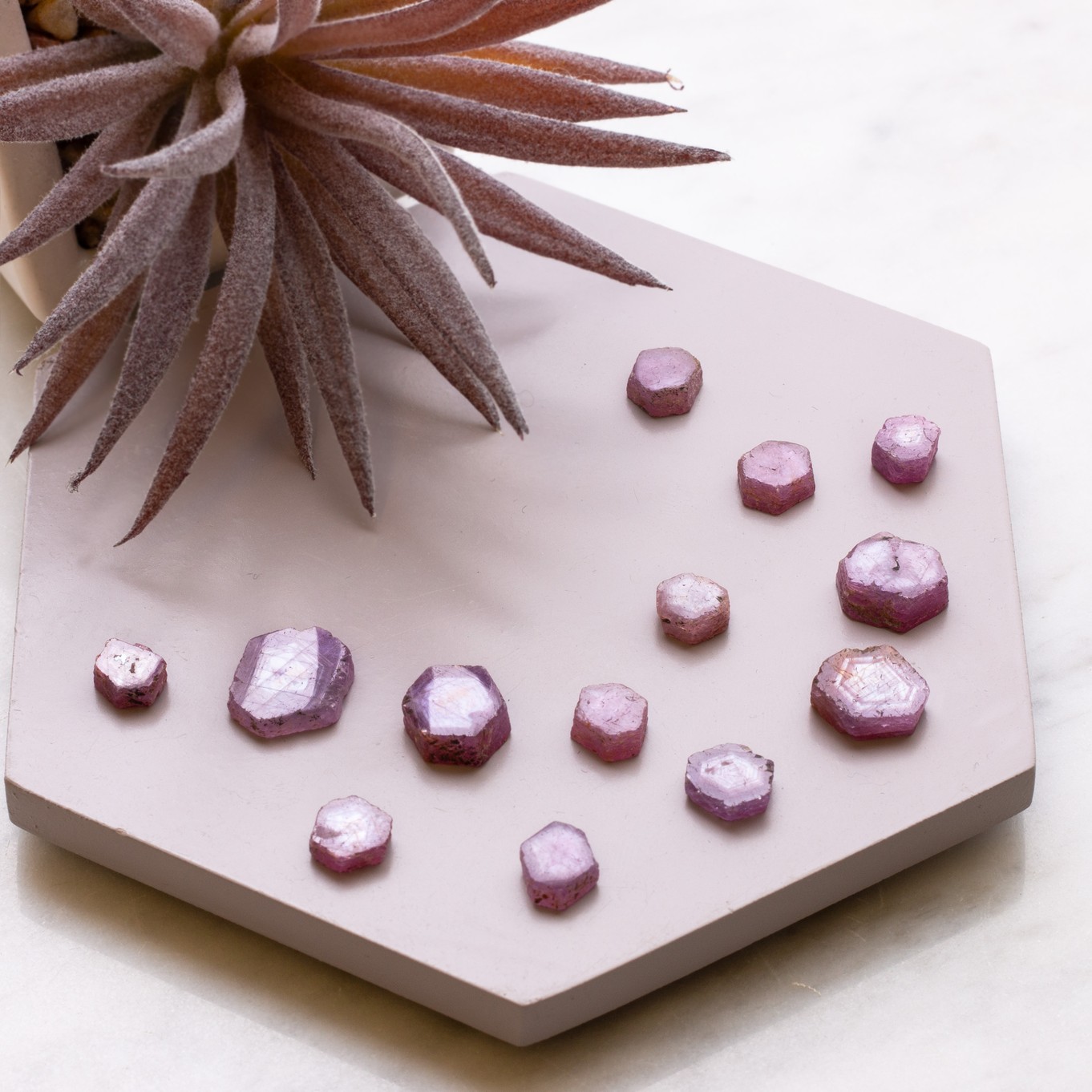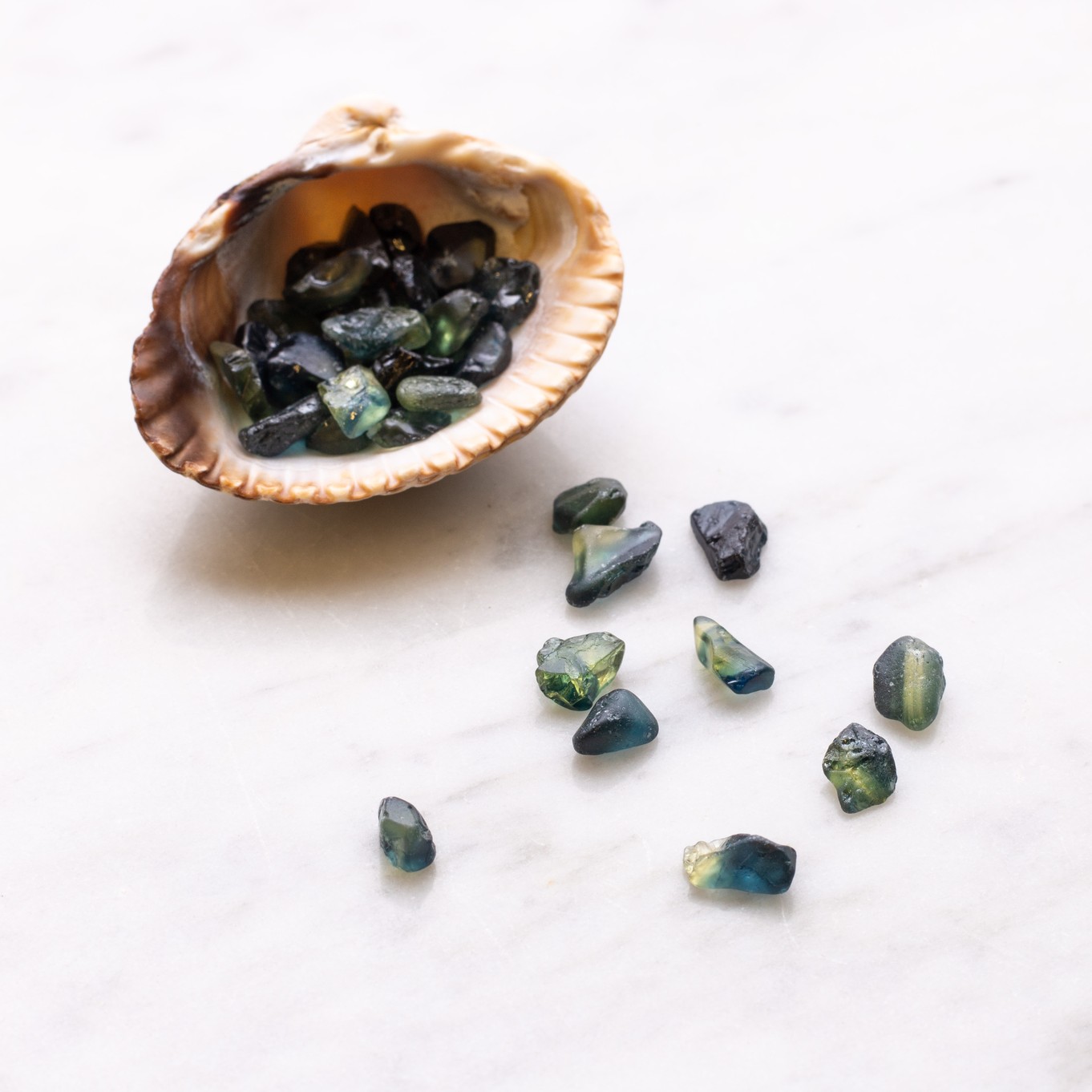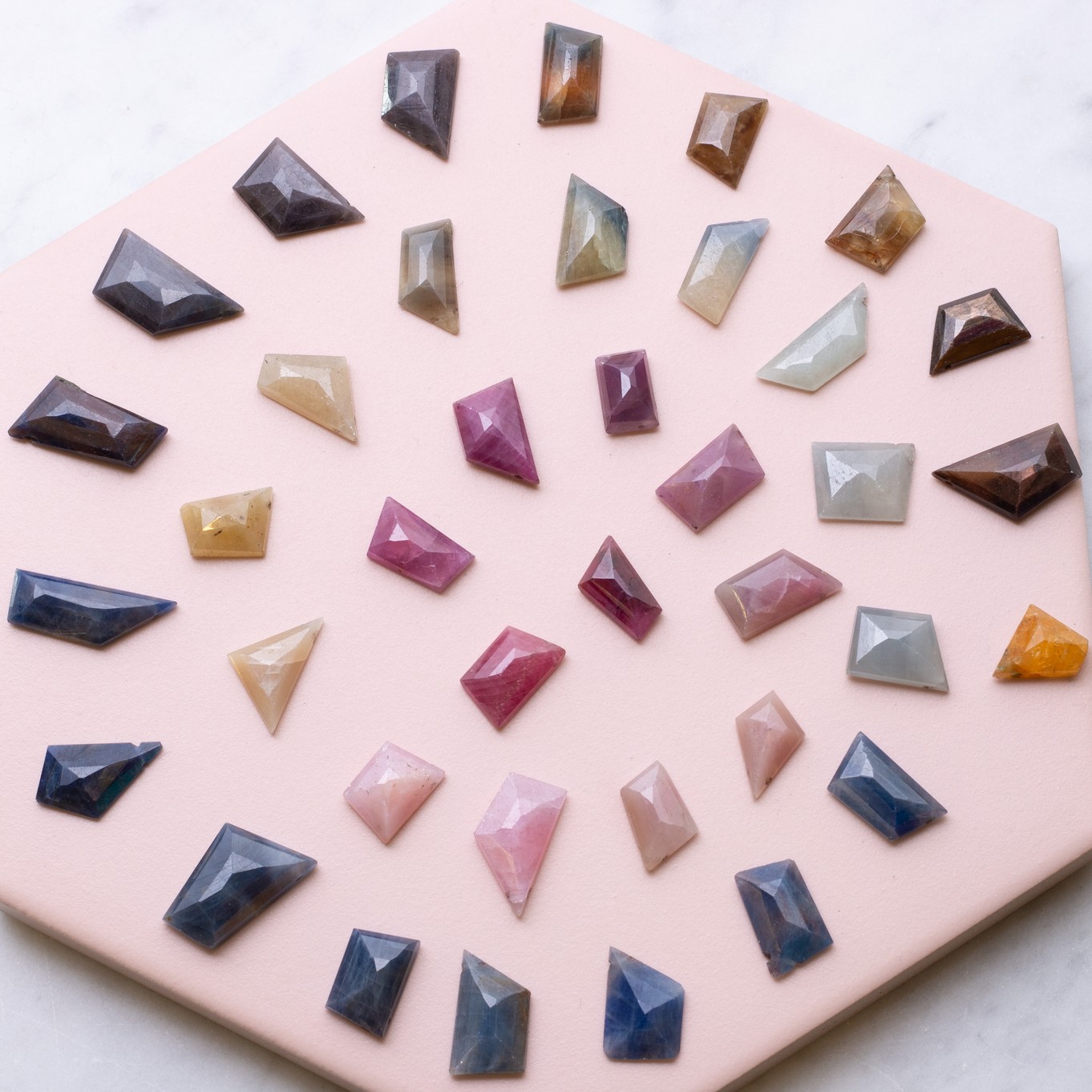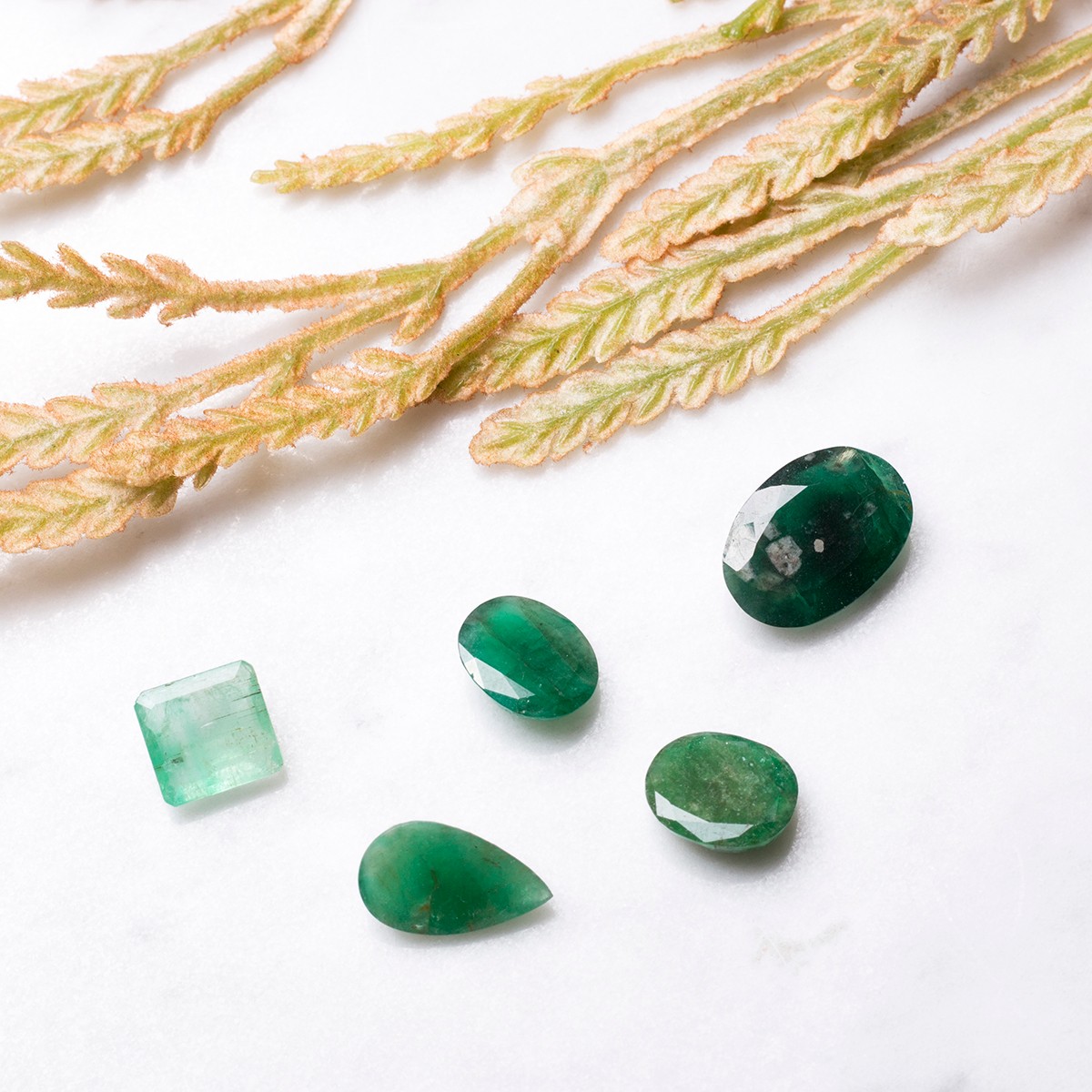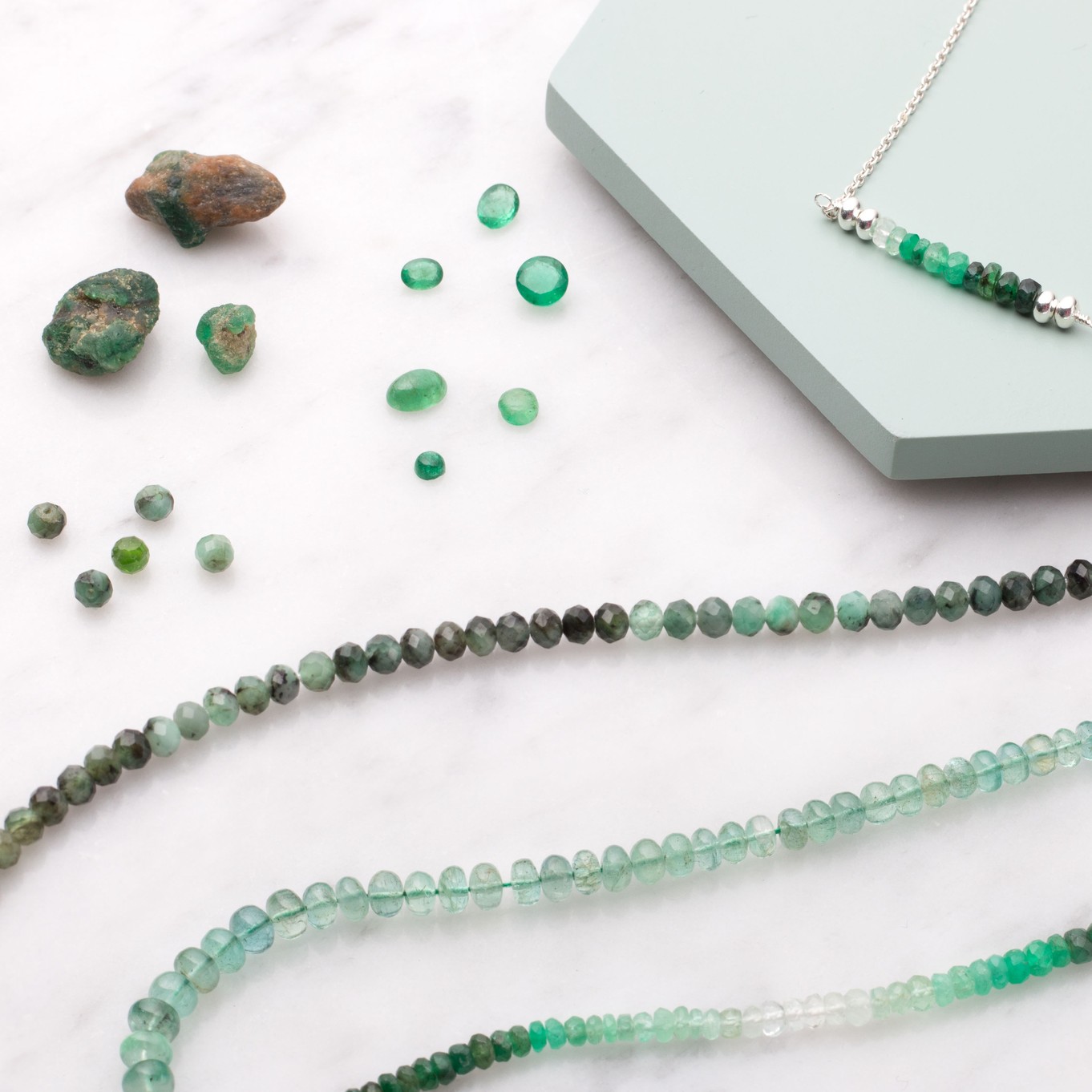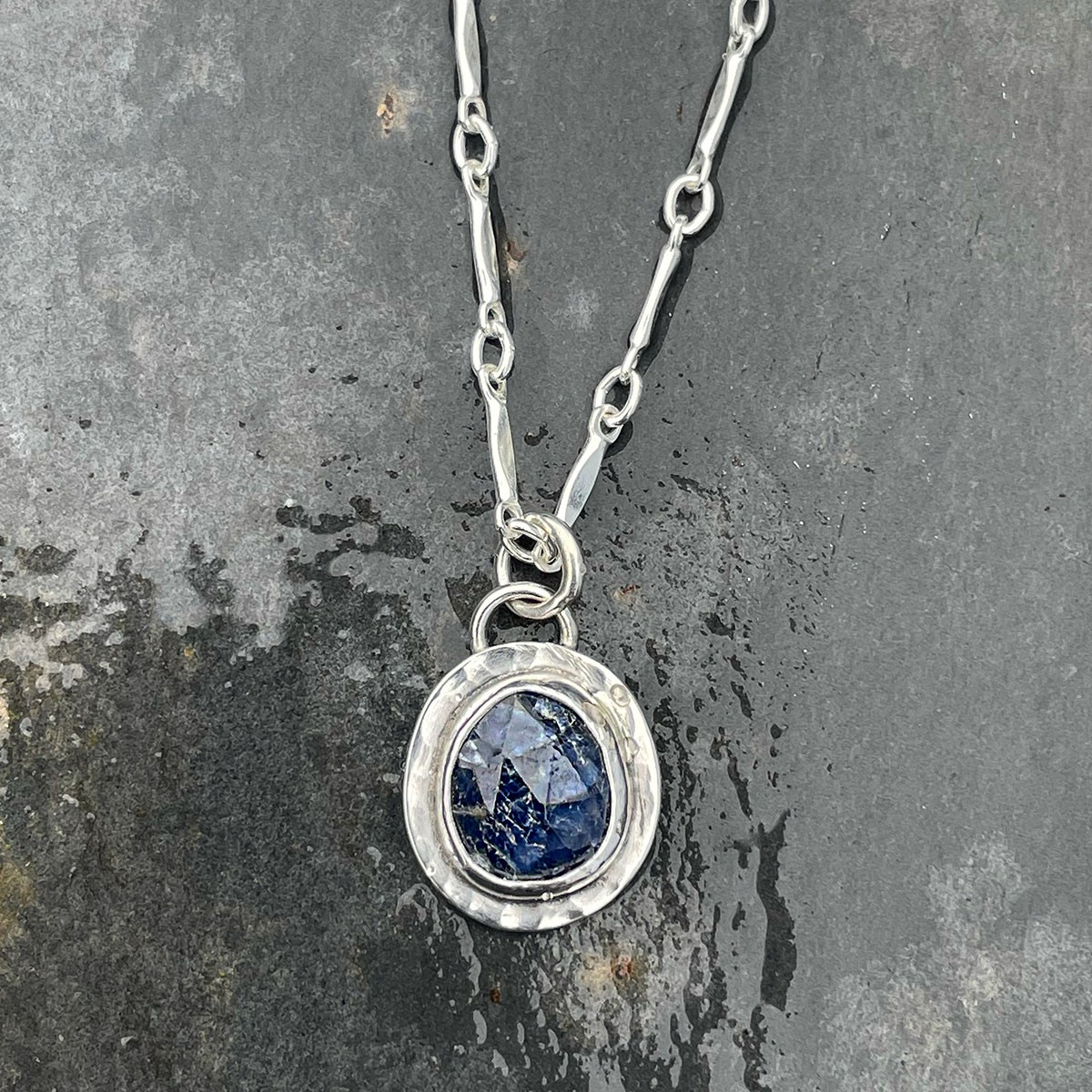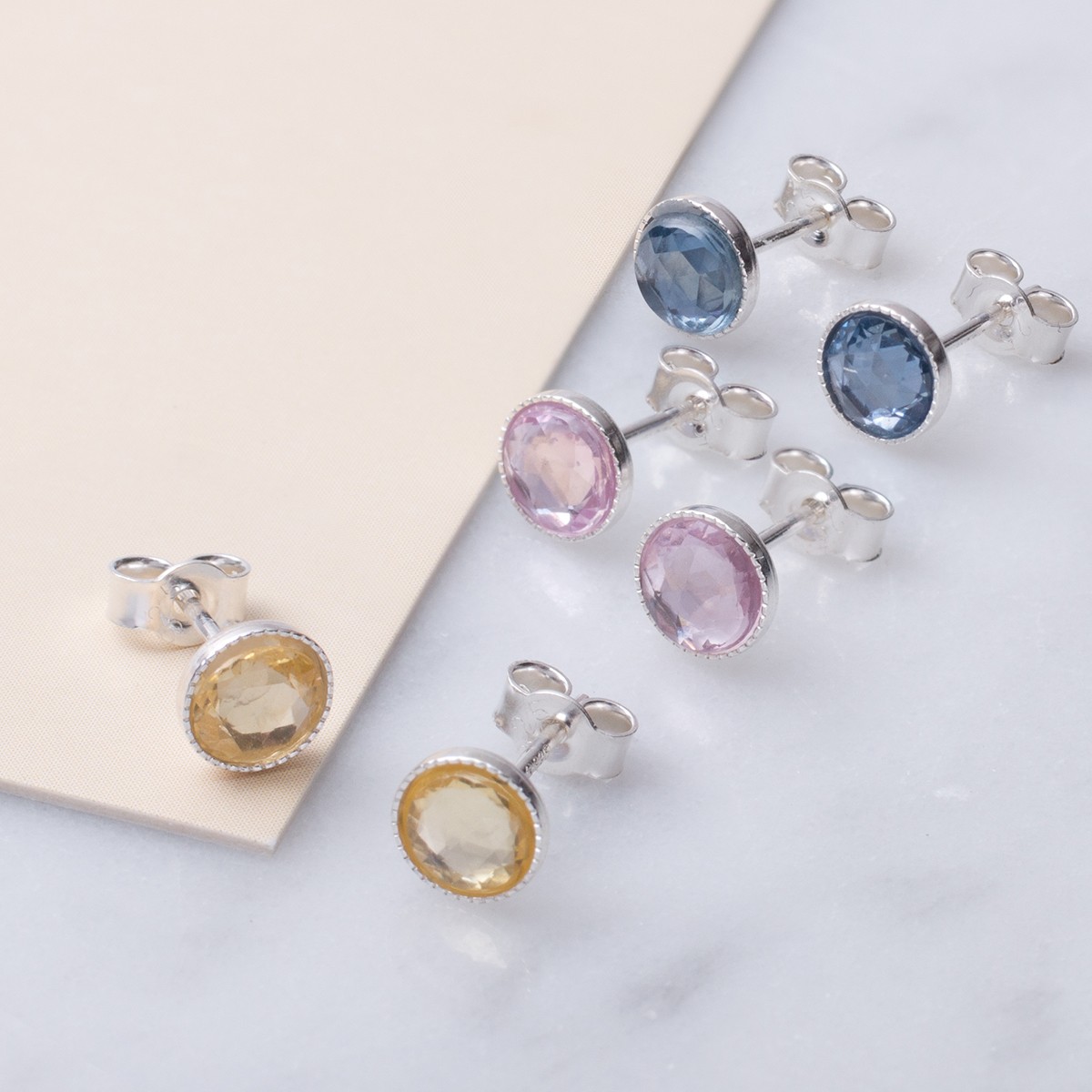What Are Precious & Semi-Precious Stones?
If you're a jeweller or interested in gemstones, you have probably heard the term precious and semi-precious stones.
Diamond, ruby, sapphire and emeralds are all classed as precious stones and all other stones are considered semi-precious stones.
This difference was distinguished in ancient times when these stones were viewed as rare and valuable. This traditional view isn't necessarily true today, as many other semi-precious stones can be considered more valuable and rare than those which are precious.
Discover The Traditional Precious Stones...
Diamonds, rubies, sapphires and emeralds are considered the the four most precious stones. Click one your favourite below to explore our range of gemstones...
Diamond
Diamonds are one of the most sought-after gemstones due to their lustre, durability and rarity.
The name comes from the ancient Greek meaning 'unconquerable'. They're the hardest natural substance on earth, made up of nearly 100% carbon and the only thing that will scratch one is another diamond!
There are many different varieties of diamond and each type is of a different value due to their rarity.
Ruby
Ruby is a rare gemstone that is adored for its red colour, durability and incredible lustre. The deep red colour is caused by traces of chromium and in sunlight, rubies have an incredible red glow where its colour is intensified.
Rubies have a colour range that includes pinkinsh, purplish, orangey and brownish reds however, it is the pure bright red ruby that is recognised as July's birthstone.
Fine quality rubies are some of the most expensive gemstone.
They are also an exceptionally durable gemstone with a hardness of 9 on the Moh's scale.
Also in this section:
- What is Amethyst Trapiche?
- The Chakras & Stones For Beginners
- Rare Ammolite For Jewellery Making
- 5 Gemstones To Honour Your Mum
- Top Gemstones For Love & Valentine's Day
- 5 Gemstones To Wear On Your Travels
- Mohs Hardness Scale, Gemstone Durability & Jewellery Making
- Top 10 Affordable Gemstones For Jewellery Making
- Your Guide To Anniversary Gemstones & Jewellery Making
- Your Guide To Birthstones & Birthstone Jewellery
- Discover Rare Cornish Turquoise
- Garnet: The January Birthstone
- Amethyst: The February Birthstone
- Aquamarine: The March Birthstone
- Diamond: The April Birthstone
- Emerald: The May Birthstone
- Pearl: The June Birthstone
- Ruby: The July Birthstone
- Peridot: The August Birthstone
- Sapphire: The September Birthstone
- Opal: The October Birthstone
- Topaz: The November Birthstone
- Turquoise: The December Birthstone
- Types Of Diamonds For Jewellery Making
- Lapis Lazuli, The Stone For Truth & Communication
- Types Of Agate Stones For Jewellery Making
- What Are Precious & Semi-Precious Stones?
- Watermelon Tourmaline For Jewellery Making
- 6 Stones For Alternative Engagement Rings
- Rare Tanzanite For Jewellery Making
- Gemstones For Your Inner Mermaid
- 5 Spiritual Gemstones To Help Your Mind & Body
- Rose Quartz, The Love Stone
- What Are Drusy Gemstones?
- What Is A Boulder Opal & How Do We Source Them
- All About Our Natural Untreated Turquoise

